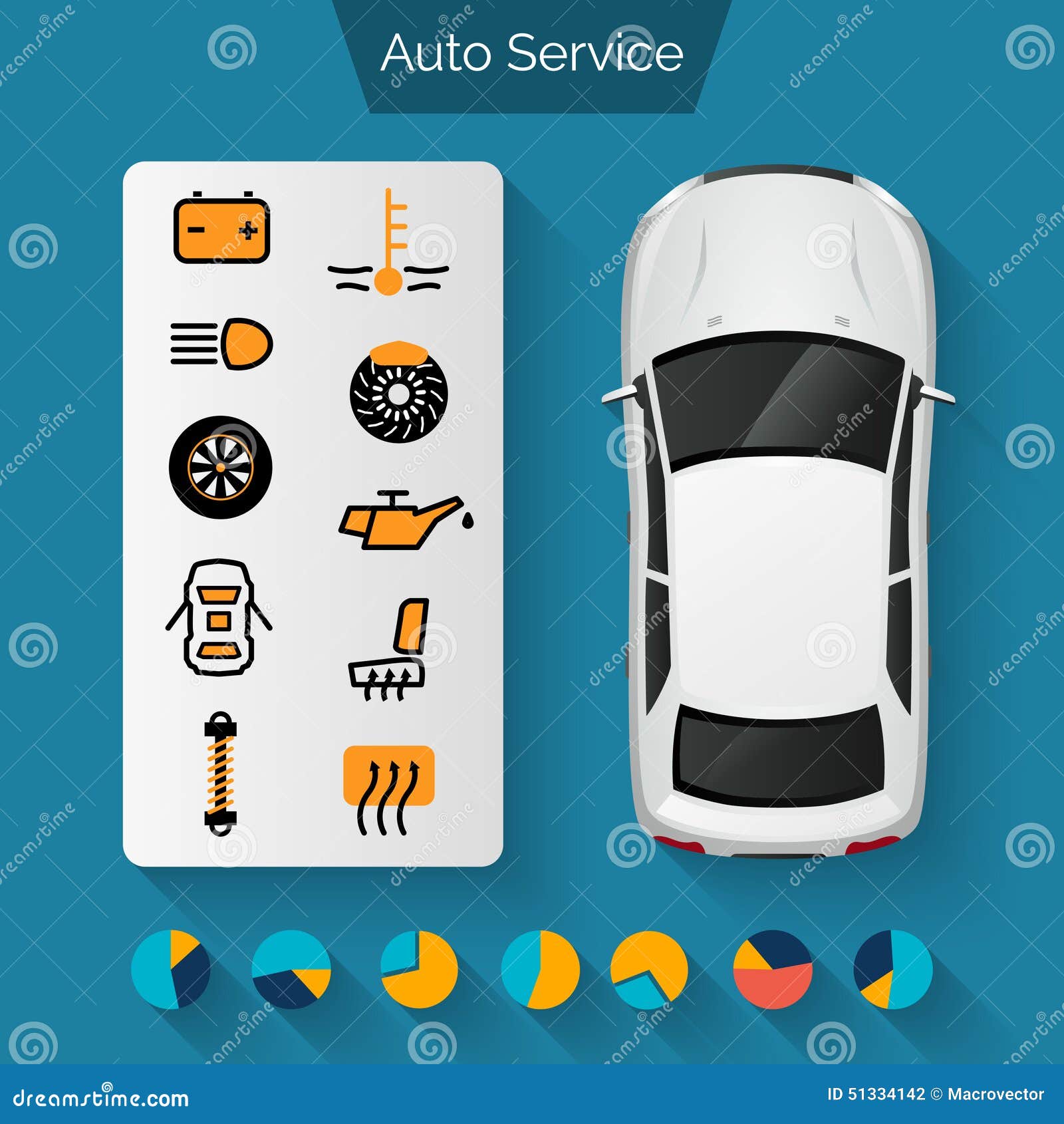Comprehending The Significance Of Your Car'S Warning Signals: What They Actually Stand For
Comprehending The Significance Of Your Car'S Warning Signals: What They Actually Stand For
Blog Article
Content Written By-Lauritsen Stark
When you lag the wheel, those radiant caution lights on your control panel can be a bit difficult. Do you know what they're attempting to inform you concerning your cars and truck's wellness? Recognizing the value of these lights is important for your safety and the longevity of your vehicle. So, the next time one of those lights turns up, would not you want to decode its message precisely and take the necessary steps to address it?
Common Warning Lighting and Interpretations
Determine typical caution lights in your automobile and understand their significances to make certain safe driving.
One of the most typical warning lights include the check engine light, which indicates problems with the engine or exhausts system. If this light comes on, it's essential to have your vehicle checked immediately.
The oil pressure alerting light shows low oil pressure, needing immediate interest to prevent engine damages.
A flashing battery light might recommend a faulty billing system, potentially leaving you stranded otherwise attended to.
The tire pressure surveillance system (TPMS) light notifies you to low tire pressure, impacting automobile stability and gas performance. Overlooking this can bring about dangerous driving problems.
The abdominal light shows a problem with the anti-lock braking system, jeopardizing your ability to stop swiftly in emergency situations.
Finally, the coolant temperature advising light warns of engine getting too hot, which can lead to severe damages if not resolved promptly.
Recognizing these usual warning lights will assist you address problems without delay and keep risk-free driving problems.
Importance of Prompt Interest
Comprehending the common warning lights in your automobile is just the primary step; the value of promptly addressing these cautions can not be emphasized enough to guarantee your safety and security when driving.
When a caution light illuminates on your control panel, it's your automobile's means of communicating a possible problem that requires attention. Disregarding these warnings can result in a lot more extreme troubles down the road, endangering your security and potentially costing you extra in repairs.
Trigger interest to cautioning lights can stop breakdowns and accidents. As an example, a flashing check engine light might indicate a misfire that, if left ignored, can create damages to the catalytic converter. Addressing this without delay can conserve you from a costly fixing.
Likewise, a brake system advising light may indicate low brake fluid or used brake pads, important elements for your security when driving.
Do It Yourself Troubleshooting Tips
If you notice a warning light on your dashboard, there are a few do it yourself troubleshooting ideas you can attempt before seeking expert help.
https://www.edmunds.com/car-maintenance/5-tips-for-choosing-the-right-auto-body-shop.html is to consult your vehicle's manual to recognize what the details warning light suggests. Occasionally the concern can be as easy as a loose gas cap causing the check engine light. Tightening up the gas cap may solve the issue.
Another common issue is a reduced battery, which can set off various cautioning lights. Examining the battery links for rust and ensuring they're protected may deal with the problem.
If a caution light lingers, you can try resetting it by disconnecting the car's battery for a couple of mins and afterwards reconnecting it. In addition, inspecting your automobile's fluid levels, such as oil, coolant, and brake fluid, can help troubleshoot alerting lights connected to these systems.
https://brake-change-cost28395.like-blogs.com/31144203/the-5-major-myths-of-automobile-outlining-explained-and-resolved
To conclude, comprehending your vehicle's warning lights is necessary for maintaining your automobile running smoothly and securely. By promptly addressing these signals and understanding what they indicate, you can stay clear of expensive repair work and potential break downs.
Keep in mind to consult your cars and truck's manual for certain information on each cautioning light and take action appropriately to make sure a hassle-free driving experience.
Stay informed, stay secure when driving!
